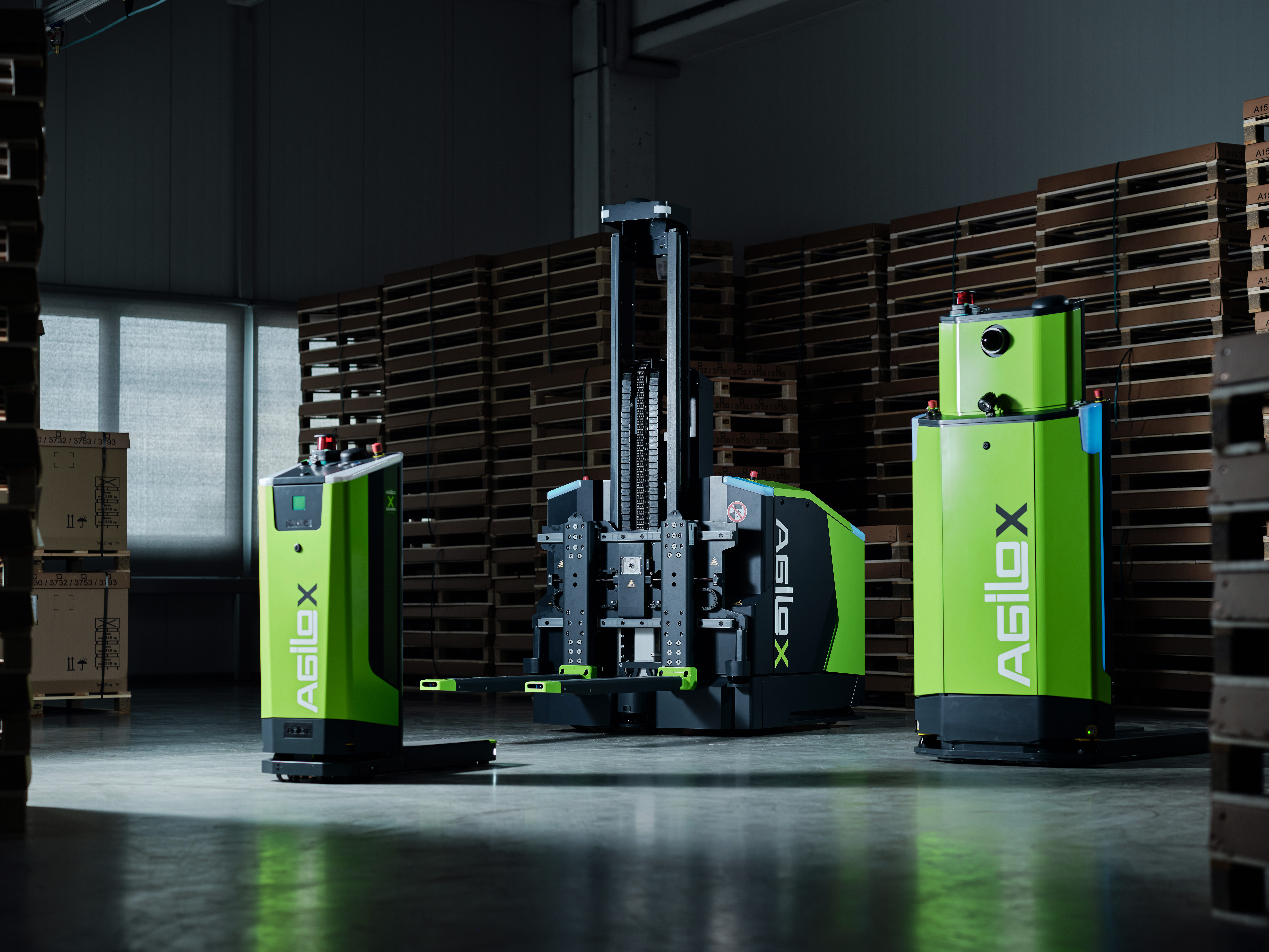Like most logistics managers, you know that there is no way around intralogistics automation if you want to remain competitive in the future.
Yet - according to representative research by the North American offices of Austrian company AGILOX - up to 88% of all companies surveyed struggle to make a compelling business case for Autonomous Mobile Robots (AMR) if they cannot see a clear, short-term ROI.
In addition, shrinking profit margins and cost-cutting pressures often discourage companies from investing in new, market-defining technologies, rather than considering them for that very reason.
For this reason, the following is an overview of the points you should include in your ROI calculations to calculate and concretize the time of amortization of your investment.
1. Optimized personnel costs
The most obvious statistic to include in your ROI calculation is the sum of costs saved by optimizing automated work processes.
Thanks to their - despite minimal battery charging times - long operating time, high payload, and autonomous routing, AMRs can take over low-value human tasks 24/7, 365 days (about 12 months), that would otherwise have to be performed by "manpower." As a result, you also benefit from being able to redeploy the affected employees to more exciting, higher value-added work.
2. Save costs through optimized space utilization
Unused storage space as well as wide connecting paths, such as those required for personnel-controlled forklifts, take up a lot of space that could be used for storage.
In contrast, AMRs in particular, such as those from AGILOX, with their patented omnidirectional drives, can still maneuver even in the smallest of spaces, ensuring highly efficient use of space and logistically predictable planning.
3. Fast and flexible supply chains
Automation using AMRs eliminates any errors in the supply chain, saving costs that would otherwise have to be invested in close-meshed quality controls or compensated for as a result of collisions. In addition, autonomous transport systems can be adapted to changes in supply chains "in the blink of an eye" and without complication. The stable and continuous flow of materials in this way subsequently makes the entire logistics in your operation more plannable, reliable, and scalable.
4. More safety. Fewer accidents. Less sick leave.
Potentially dangerous and physically demanding work processes are always associated with a higher probability of accidents and the risk of physical wear and tear. This is also associated with a correspondingly high level of psychological stress.
The introduction of autonomous intralogistics systems, on the other hand, means an immediate increase in safety standards and thus a minimization of accidents or other sickness-related absences.
5. Higher safety standards. Greater attractiveness.
The highest guarantee of in-house safety directly impacts the attractiveness of the work areas concerned. As a result, fluctuations within the workforce and vacancies caused by health-related absences, resignations, or retirements can be filled quickly and without long-term recruiting.
6. Less fluctuation
High safety standards and the resulting attractiveness as an employer also minimize staff turnover and the associated investment in ongoing training in favor of long-term employment relationships.
7. Faster response to market requirements
For companies to remain competitive in the global marketplace, logistics processes must become increasingly streamlined and responsive. AMRs in particular help to make work processes more reliable, efficient, and flexible. In this way, you as a company can respond better to external demands and fulfill larger and more complex orders than before.
What other positives should you consider when switching to and starting with automated transport systems?
You can find a summary of this in a free checklist, available for download here. In addition to the current topic, you will also find a detailed article on each of the points listed there, such as this one, which you can access free of charge.



